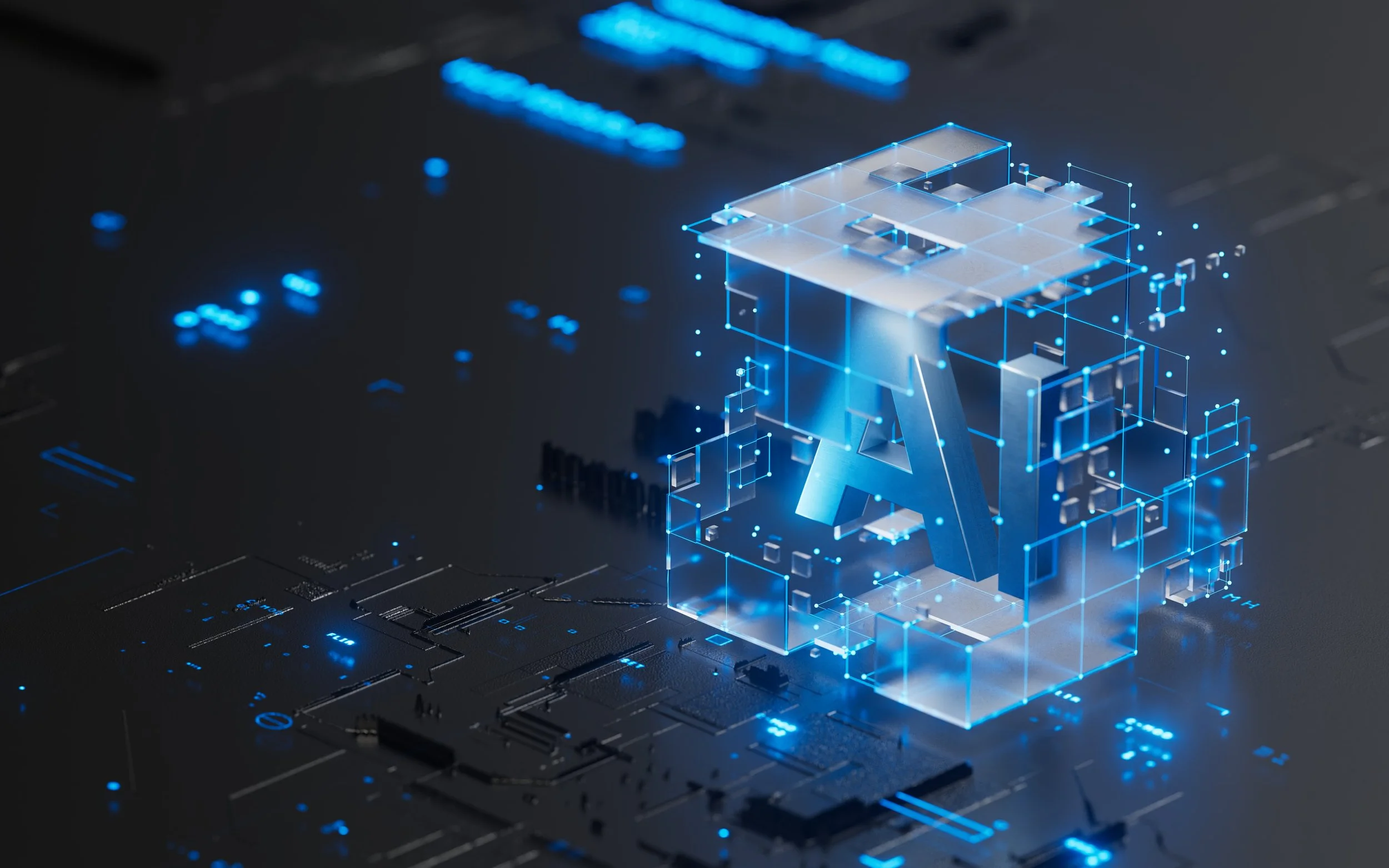Accelerating Radiation Damage Simulation Through Machine Learning
The teaching material, "Accelerating Radiation Damage Simulation Through Machine Learning," discusses the challenges associated with simulating radiation damage in various fields such as aerospace engineering and computer science. The current industry solutions, which include physical simulations and digital simulations, have limitations due to the need for specialized knowledge and equipment. This makes it difficult for researchers and students to access and utilize these tools.
Machine Learning Approach
The material presents a machine learning-based approach to accelerate radiation damage simulation using an existing software called Gantt4. The authors successfully deployed Gantt4 on NanoHub, a cloud computing platform, making it more accessible to users with varying computer science backgrounds. Additionally, they developed a sequence-to-sequence transformer model trained on data from Gantt4 simulations. This predictive capability enables researchers to obtain insights into potential radiation damage without the need for extensive computational simulations, reducing knowledge and time requirements. The results show promising accuracy, and further refinement of the model is ongoing.

